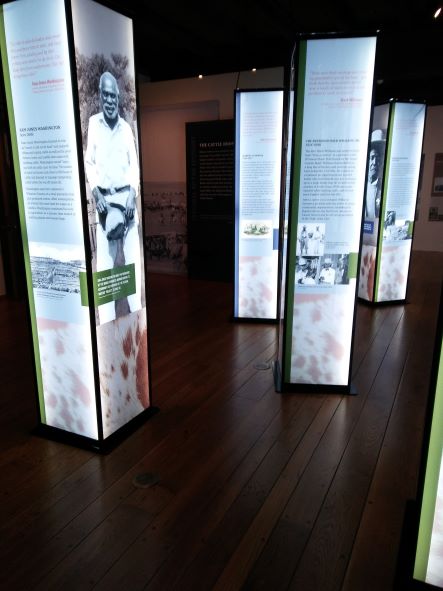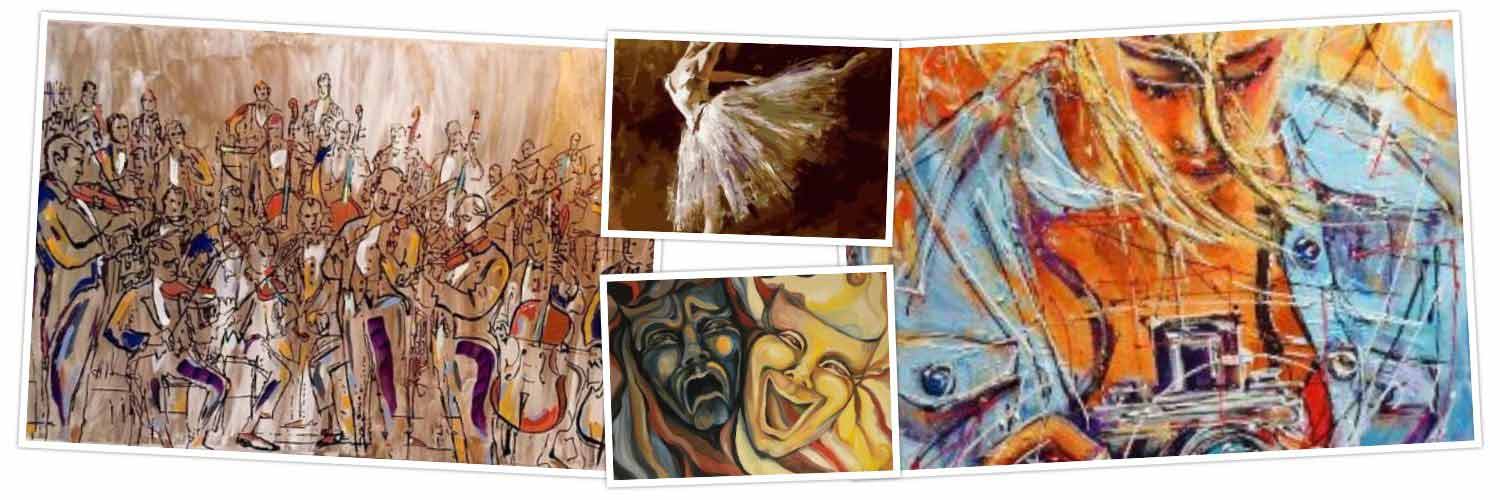Black Cowboys were Part of the Texas Story
BY JASMINA WELLINGHOFF, Editor
The movies that helped create the cowboy legend seldom showed black men as cowboys. And yet, they were there in substantial numbers working along their white counterparts. Their story and contribution are now told in the exhibit Black Cowboys: An American Story, currently on view at the Witte Museum.
It’s a small but well documented and impactful show, the brainchild of long-time San Antonio community leader and arts supporter, Aaronetta Pierce, who sits on the museum’s board.
“My mind is always working on ways to include stories that have not been told,” said Pierce during a recent interview. “The arts are the best cross-cultural communication we have, so I started talking to Marise (McDermott, Witte’s president) about an exhibit like this some time ago. She was interested but it took a while to get to the right moment to have it.”

Pierce recalls a bumper sticker she saw three years ago that said “Find Yourself at a Museum,” which clearly could be interpreted in a couple of ways: go to the museum and see what you’ve been missing, but also that your culture should be found (represented) at the museum, she explained. And she strongly agreed with both interpretations.
Fate was on her side because she eventually met Ron Davis, a Ph.D. candidate in the history department if the University of Texas at Austin, whose dissertation dealt with the study of black cowboys. She liked the fact, that he, too, had “a cultural connection” to the subject matter, being black himself. “It does add sensitivity, sincerity and commitment,” she noted. She credits Davis, Witte’s curator Bruce Shackelford and the museum’s chief of strategic initiatives Michelle Everidge, Ph.D., for turning her dream initiative into reality.
According to information posted at the entrance to the exhibit, from 1865 until the 1890s “the largest number of domestic animals in world history were driven up trails from Texas to be sold at market to provide the country with beef. Six million cattle and one million horses were moved from Texas to points North, East and West… By the early 1880s, the highly profitable cattle industry was one of the largest in the U.S.”
Clearly, a large workforce was needed and black cowboys and their work made a huge contribution to that massive effort which sustained Texas’ economy.
When you enter the galleries, you’ll encounter a large-screen video featuring a black man talking about his life and work. He is Hector Bazy – or more accurately actor Eugene Lee potraying Bazy. The 30-page memoir that Bazy left behind is a very valuable first-person account of the period that followed emancipation. He tells the reader that he was born in slavery in 1851 and how he happily left the plantation he called home to pursue the life of a cowboy. He described the daily duties and challenges of cattle drives and the myriad other duties he shared with his white counterparts. He took part in numerous cattle drives, including the Chisolm Trail. Toward the end, he proudly assesses his adult sons, saying “Both have good homes and are doing well, making creditable citizens of themselves.”

And Bazy was not the only one who left a written record, said Davis who is still working on his dissertation. At least two others did something similar, including Nat Love, the future rodeo star. “But Bazy is the one who described the work and daily life in a straightforward way, without fantastical tales.”
In an adjacent gallery, visitors will find a great deal of documentary information about other guys like Bazy, plus some artifacts from that period, in addition to a small exhibit on the cowboys’ other duties during the drives. It was arduous and often dangerous work, involving crossing turbulent rivers, stampedes, and Indian attacks. Other featured cowboys include A.J. Walker, Bill Pickett and the aforementioned Nat Love.
Asked about what surprised him in his research, Davis mentioned the sheer number of African-American cowboys – 1 in 4, though he could not say what the total number was. The other thing that surprised him was the number of women involved. “There were quite a few women who also broke and rode horses,” he said.
Thanks to the WPA’s Federal Writers’ Project, the stories of many former slaves were recorded and preserved for posterity. One woman, Julia Blankf, for example, talked about her daughter who dressed like a boy in order to go riding with the boys.

What also emerged through these narratives is the more egalitarian rapport between the black and white men, though, Davis pointed out it was far from perfect. “People working together in the middle of nowhere had to rely on each other in that harsh environment,” he noted, “but blacks often had to work an extra shift and they were not promoted. There was still discrimination.”
The message from the exhibit is that “Texas is a diverse state and we need to make sure to communicate the stories of all the people of Texas,” said Davis.
In another words, all Texans should “find themselves at the museum.”
——————————————————————————————————————————
On view through April 2022; Witte Museum, 3801 Broadway; 210-357-1900, www.wittemuseum.org (All photos by J.W.)
